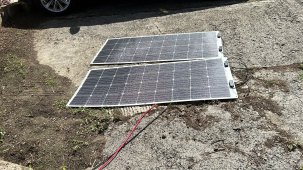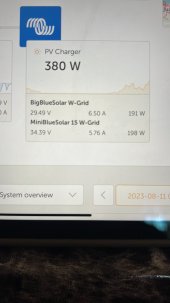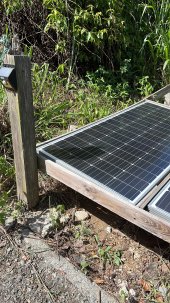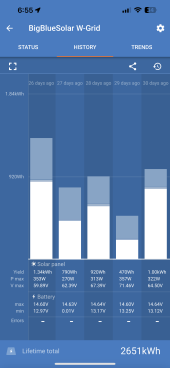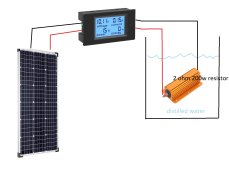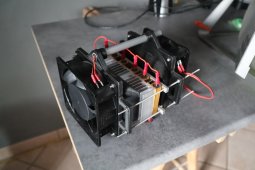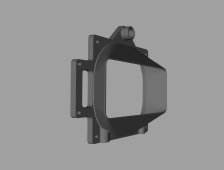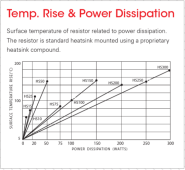yodamota
Solar Enthusiast
I definitely do not think this is normal. To me there might be a connection issue. Panel wiring. charge controller damaged. solar panel damaged.
Any chance you can try some different panels? try a different charge controller?
how close are the panels to the charge controller?
Any chance you can try some different panels? try a different charge controller?
how close are the panels to the charge controller?



